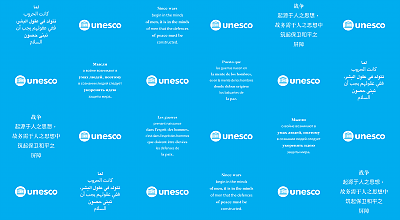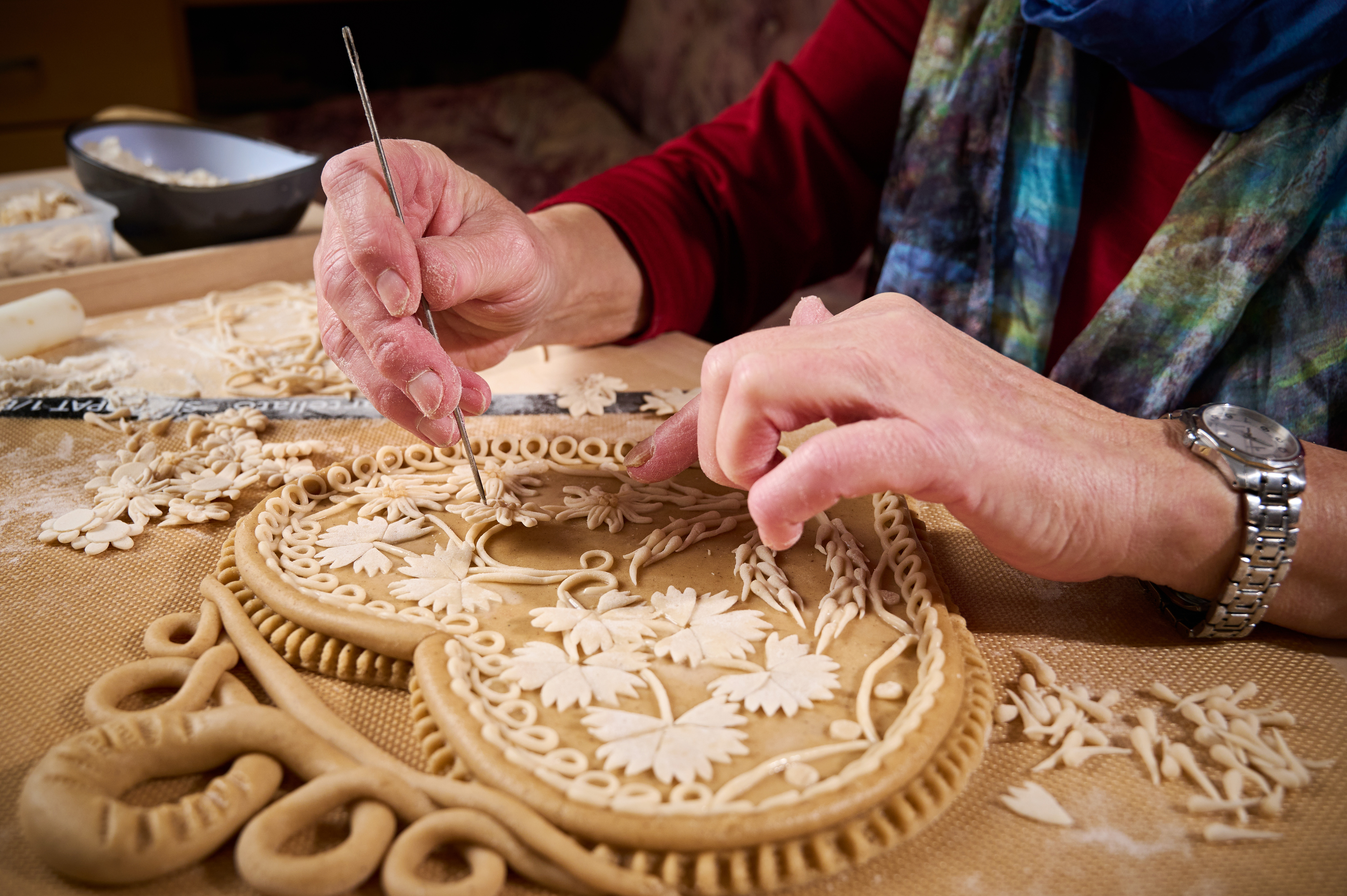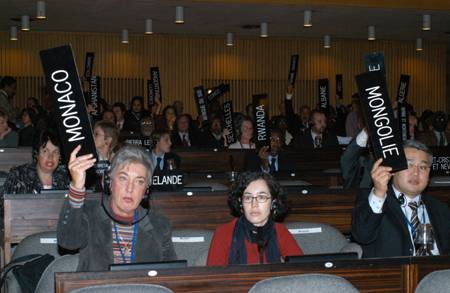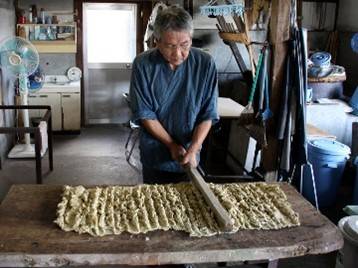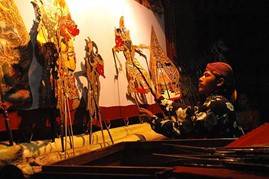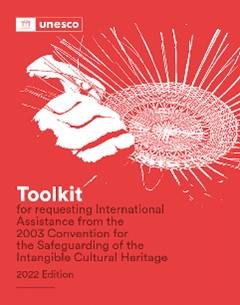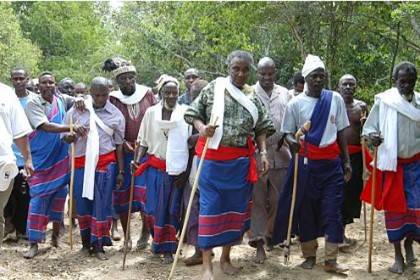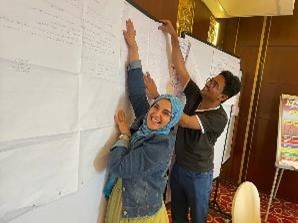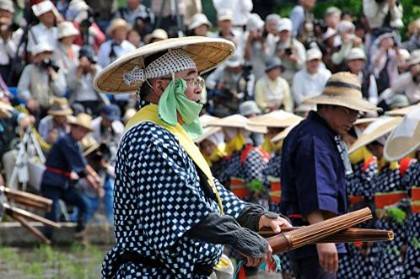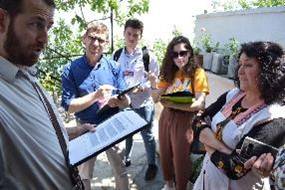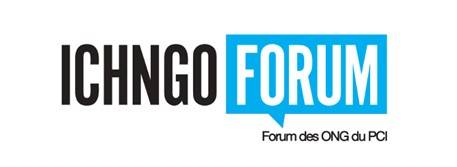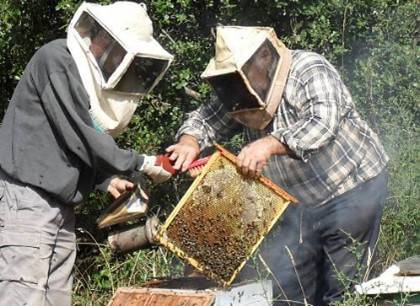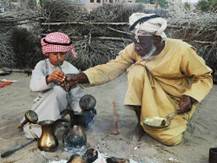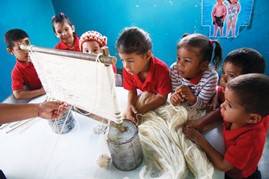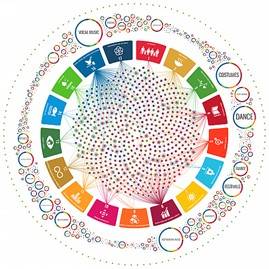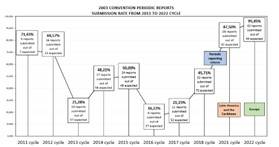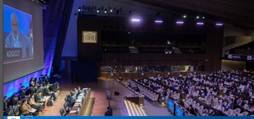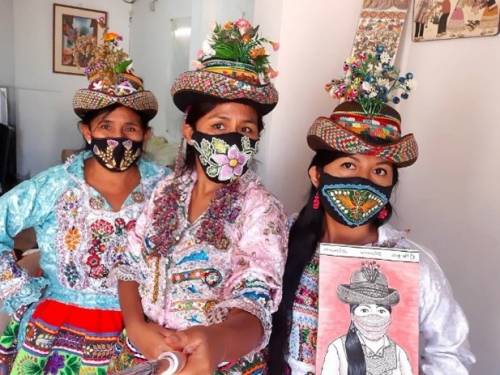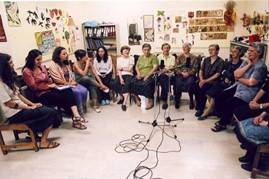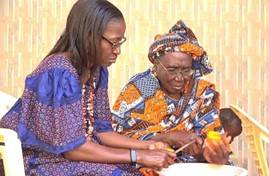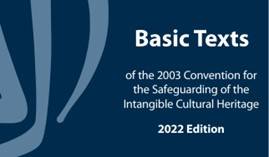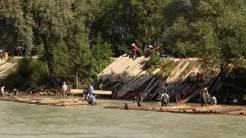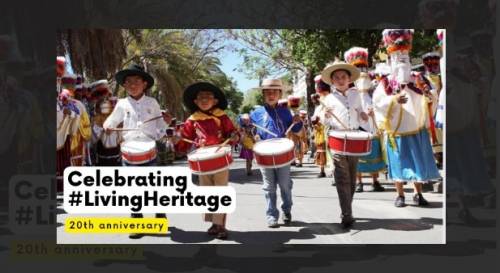El año 2023 marca el vigésimo aniversario de la Convención para la Salvaguardia del Patrimonio Cultural Inmaterial, veinte años desde que la Convención fue adoptada, el 17 de octubre de 2003, durante la 32ª sesión de la Conferencia General de la UNESCO. Es la oportunidad para la UNESCO, los Estados Partes de la Convención y todas las partes interesadas involucradas en la salvaguardia del patrimonio vivo para resaltar que el patrimonio vivo pertenece a todos. Organizado bajo el lema Somos #PatrimonioVivo, el aniversario es también la ocasión para reflexionar sobre el papel de la Convención de 2003 en la sensibilización sobre la diversidad y riqueza del patrimonio cultural inmaterial y en el fomento de la cooperación internacional.
El patrimonio vivo se trata de personas, resiliencia y conocimientos que se transmiten de generación en generación. Por esta razón, el aniversario es también una invitación a gobiernos, ONG, universidades, portadores, practicantes y aquellos que aprecian el patrimonio vivo a organizar actividades, unirse a la campaña de redes sociales de la UNESCO (hashtag #LivingHeritage) y seguir los eventos del aniversario, en línea o en persona.

